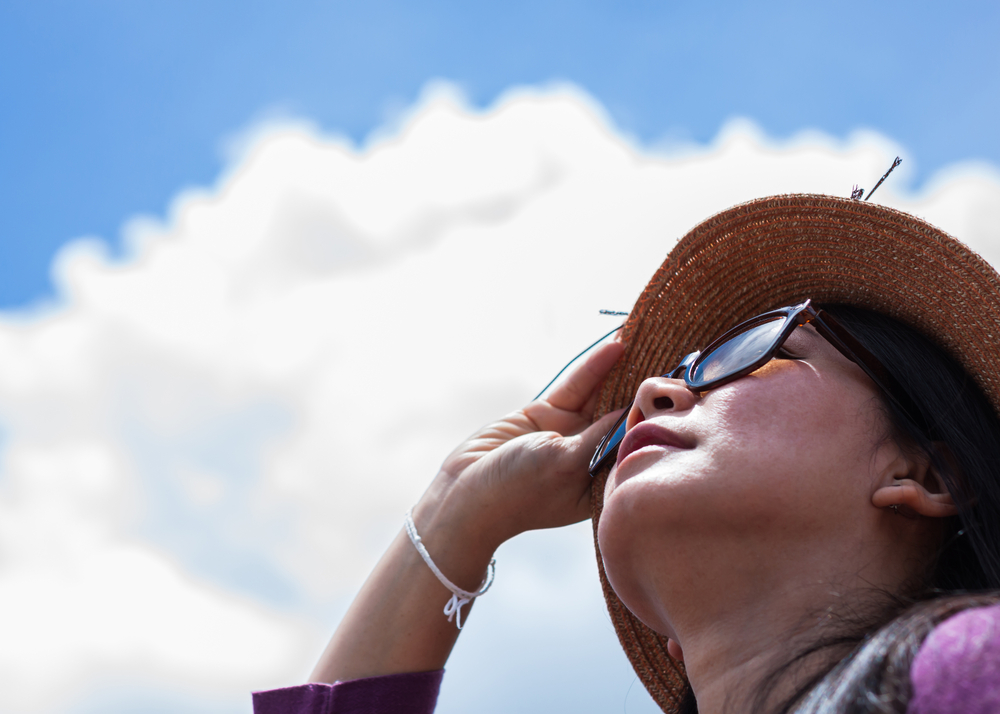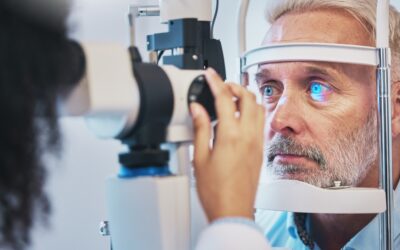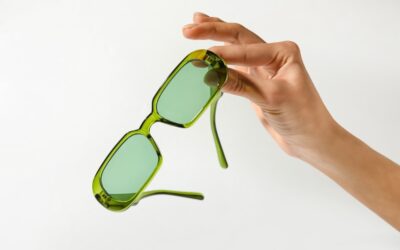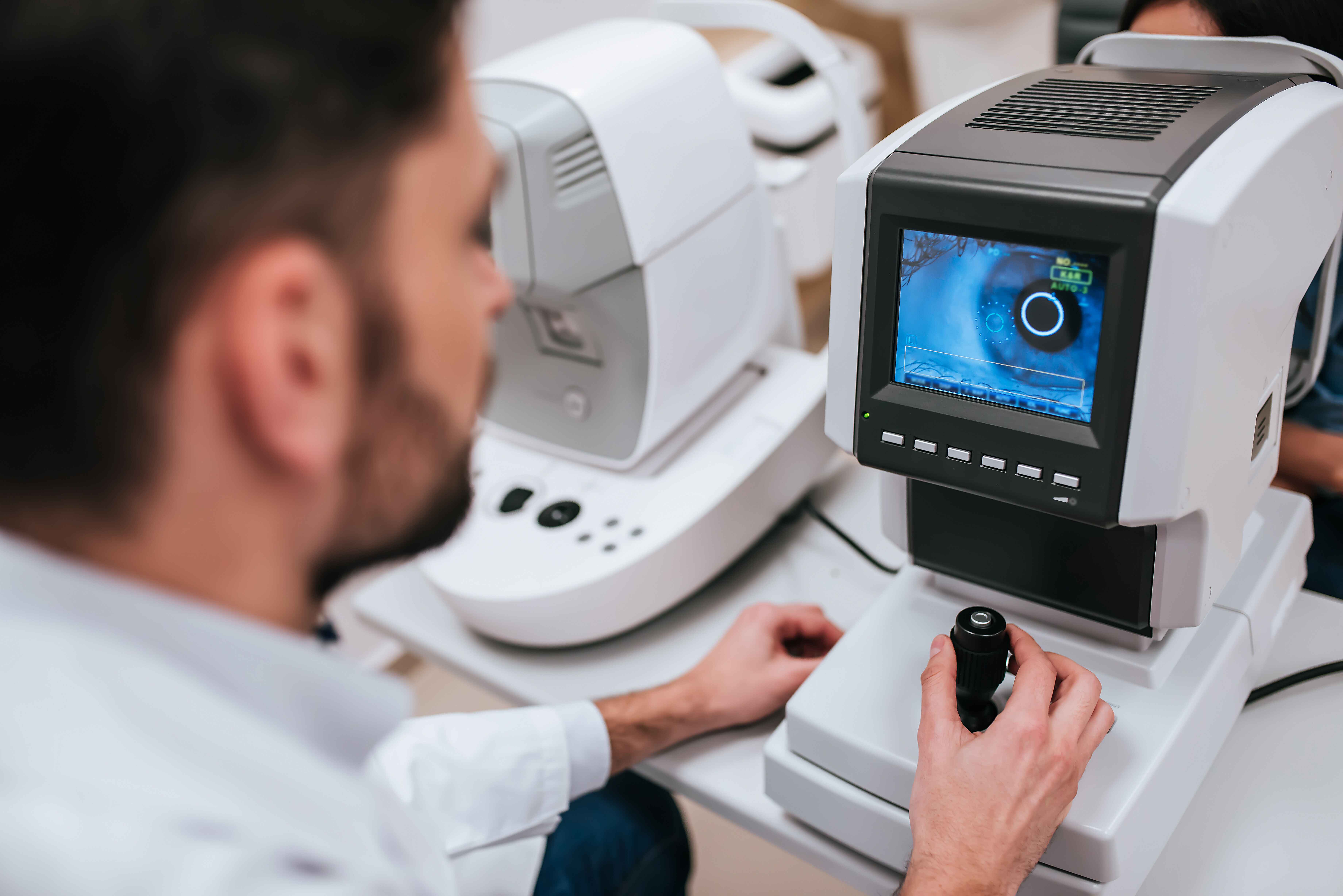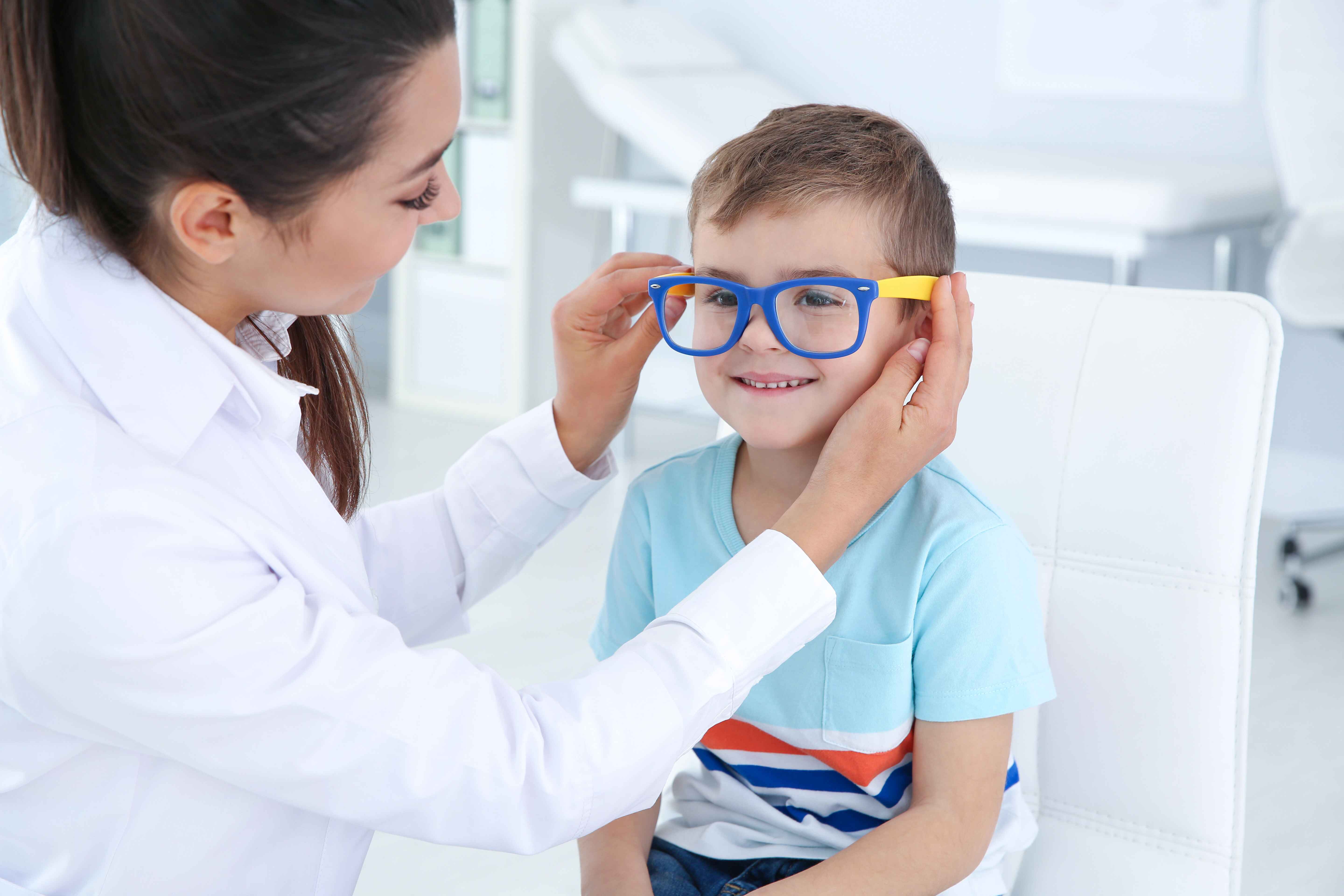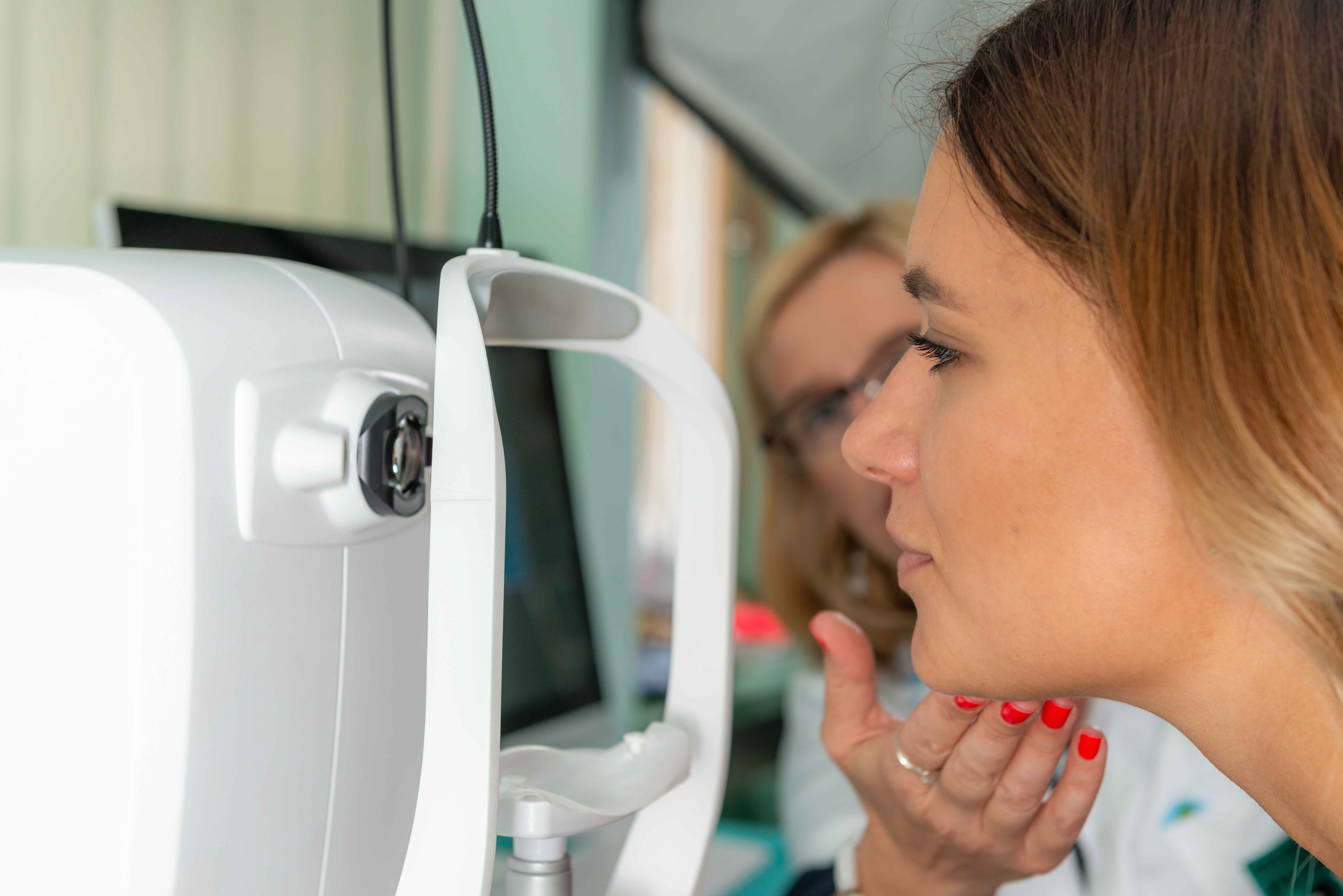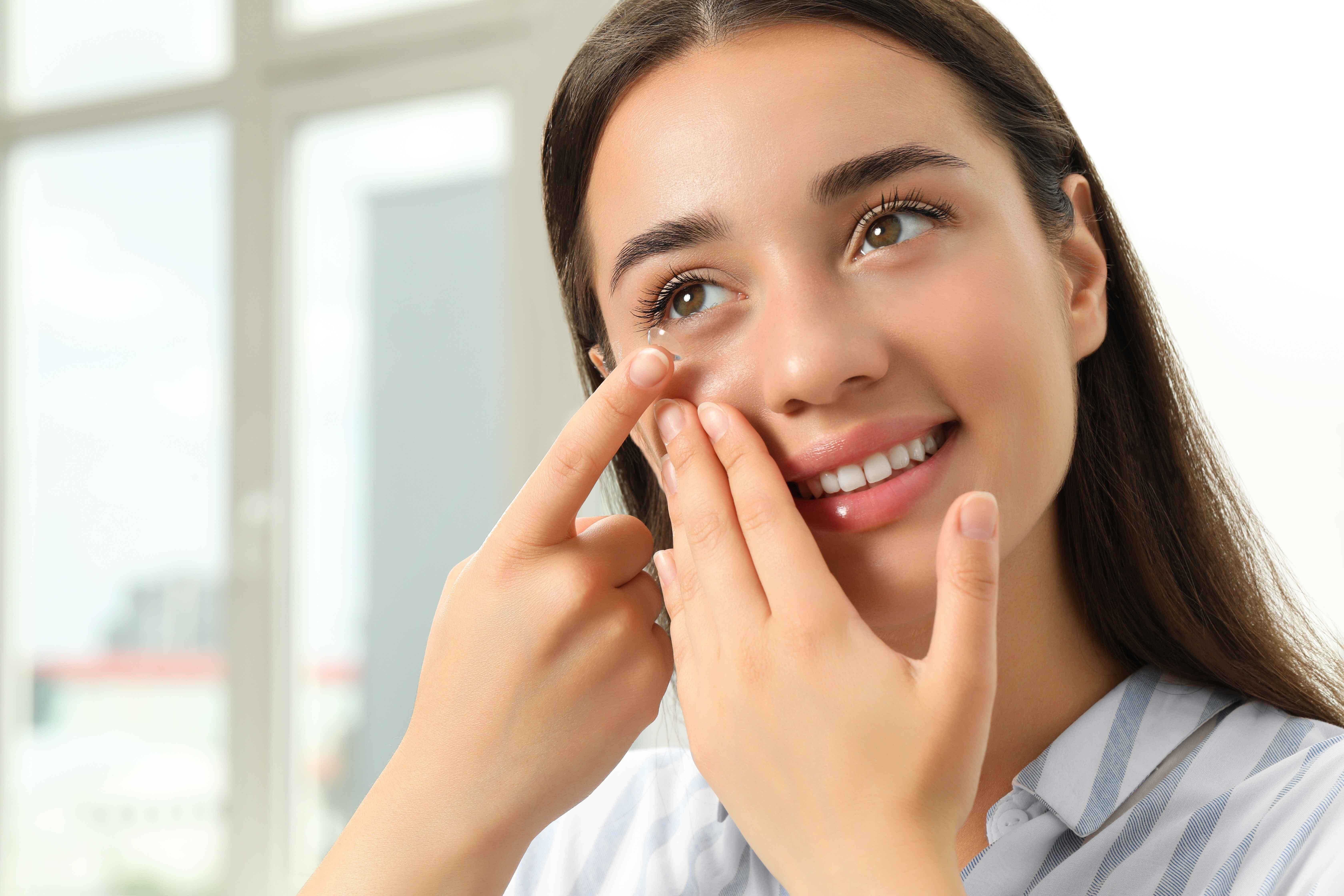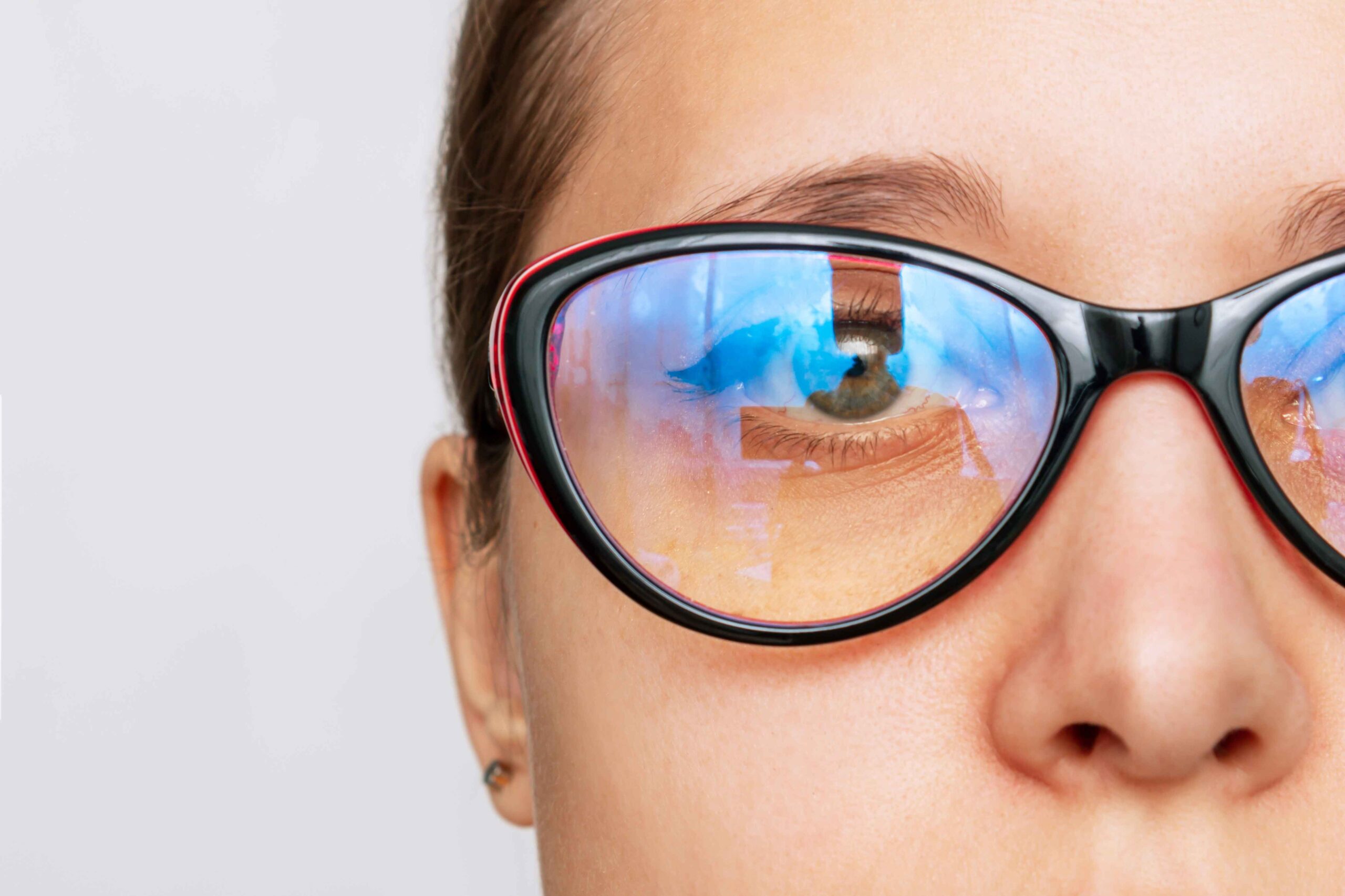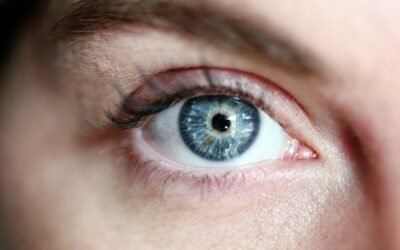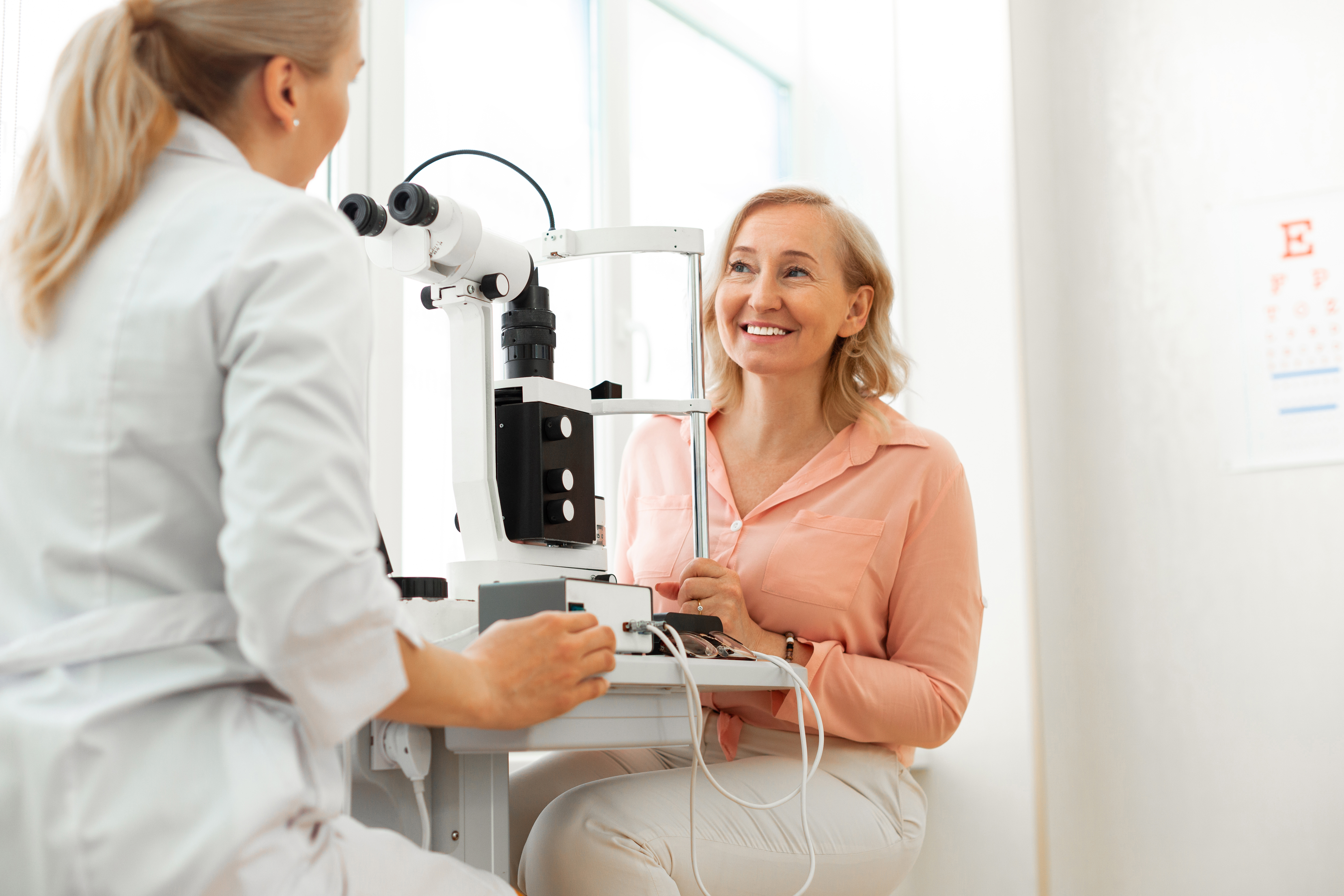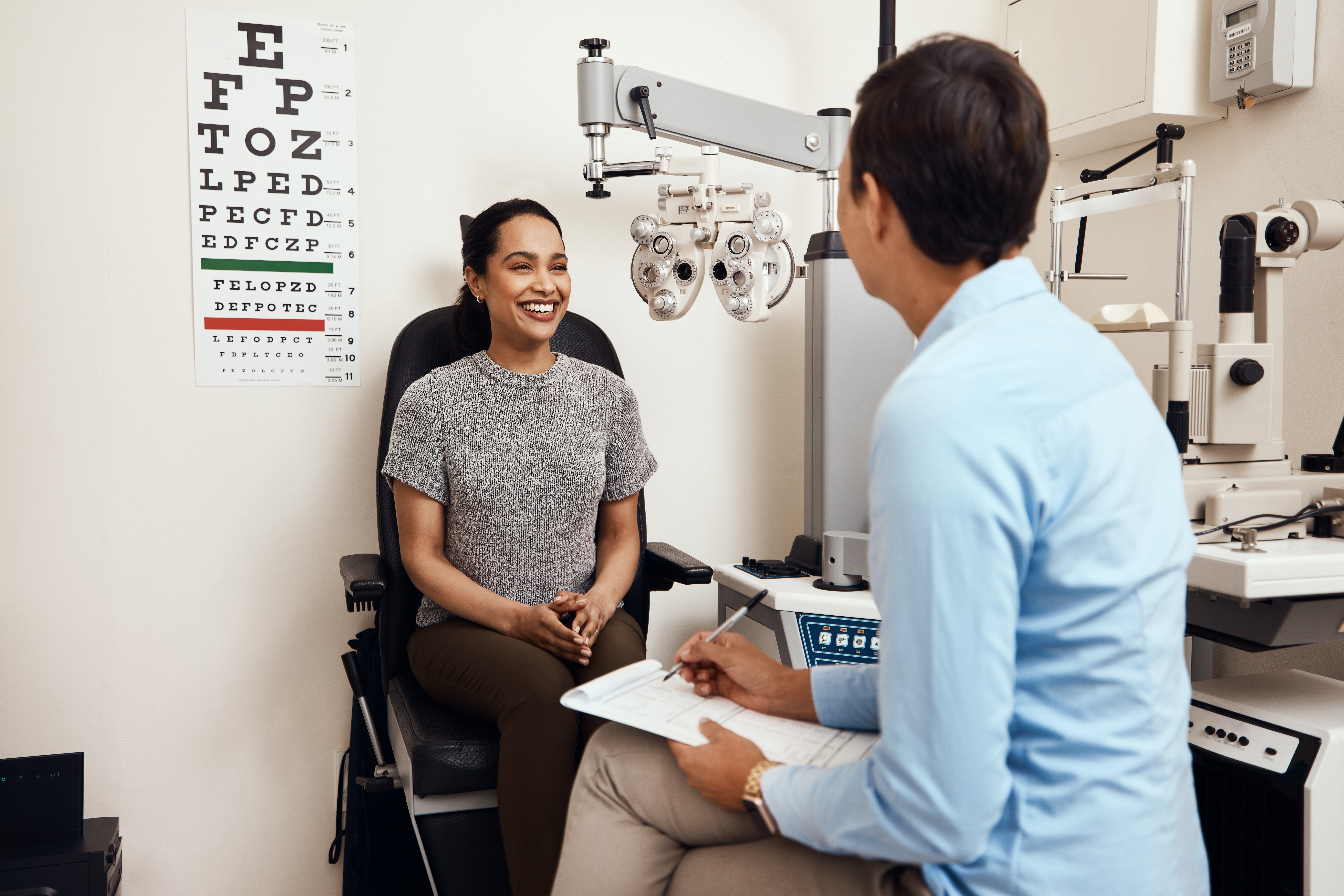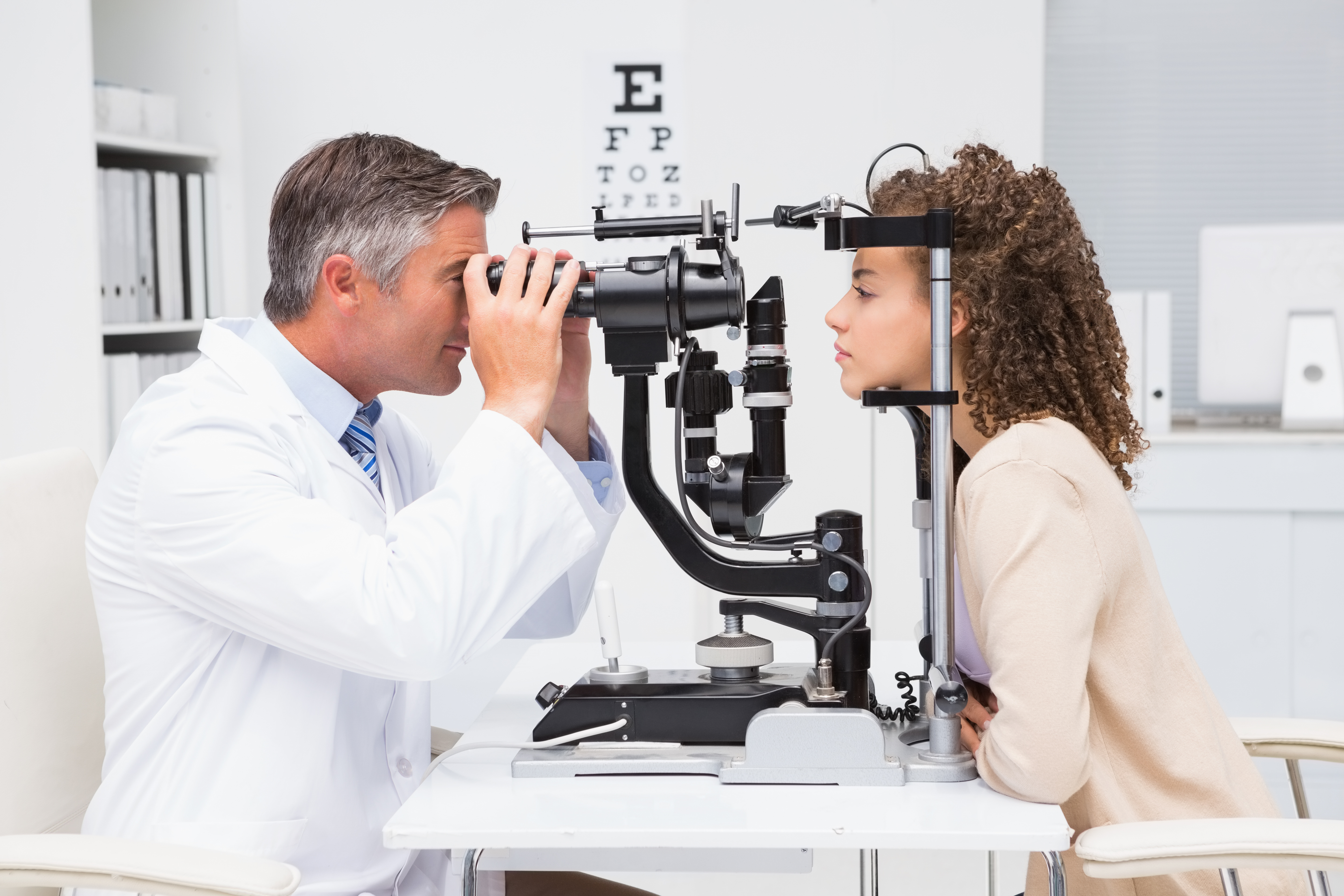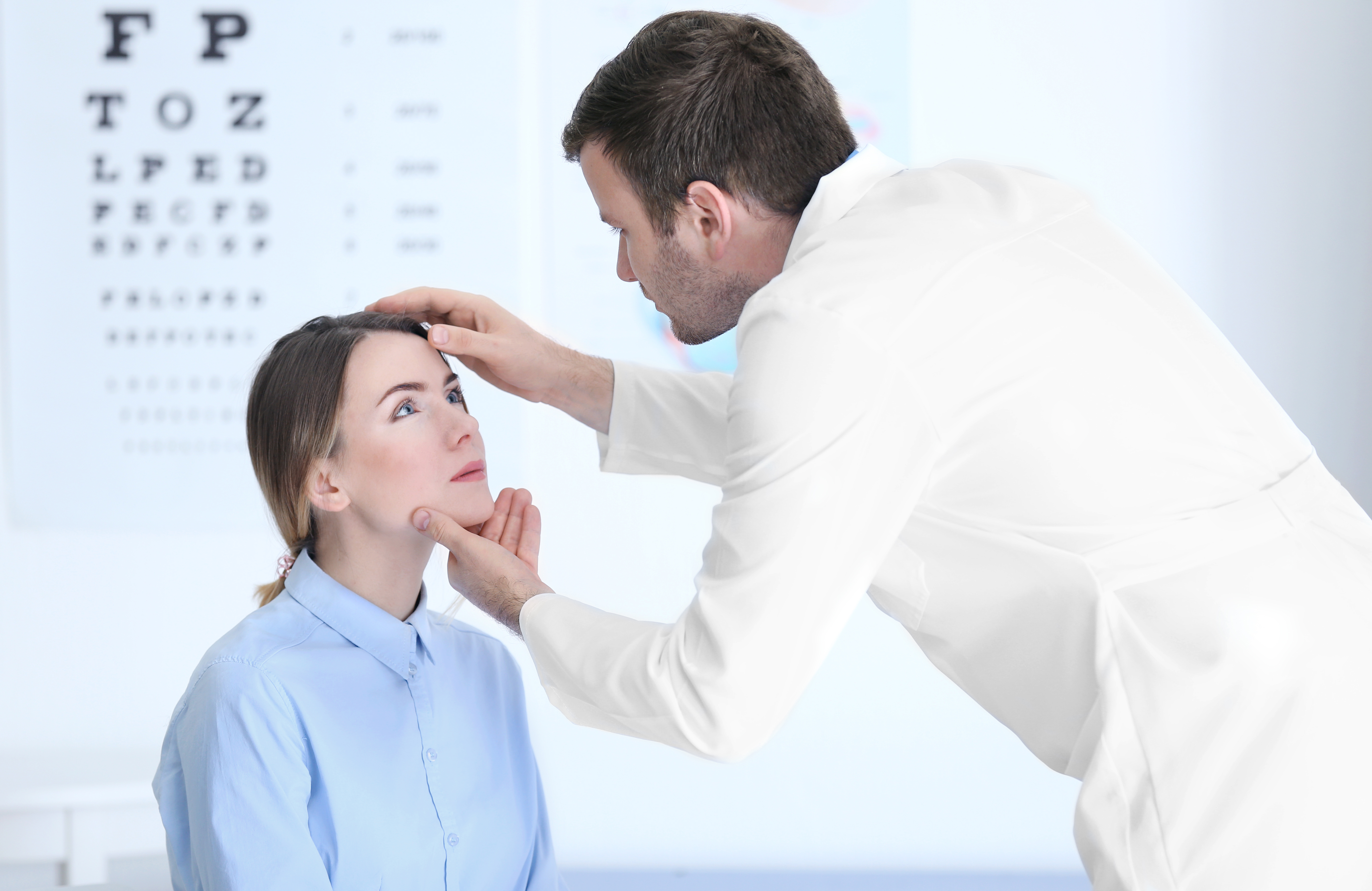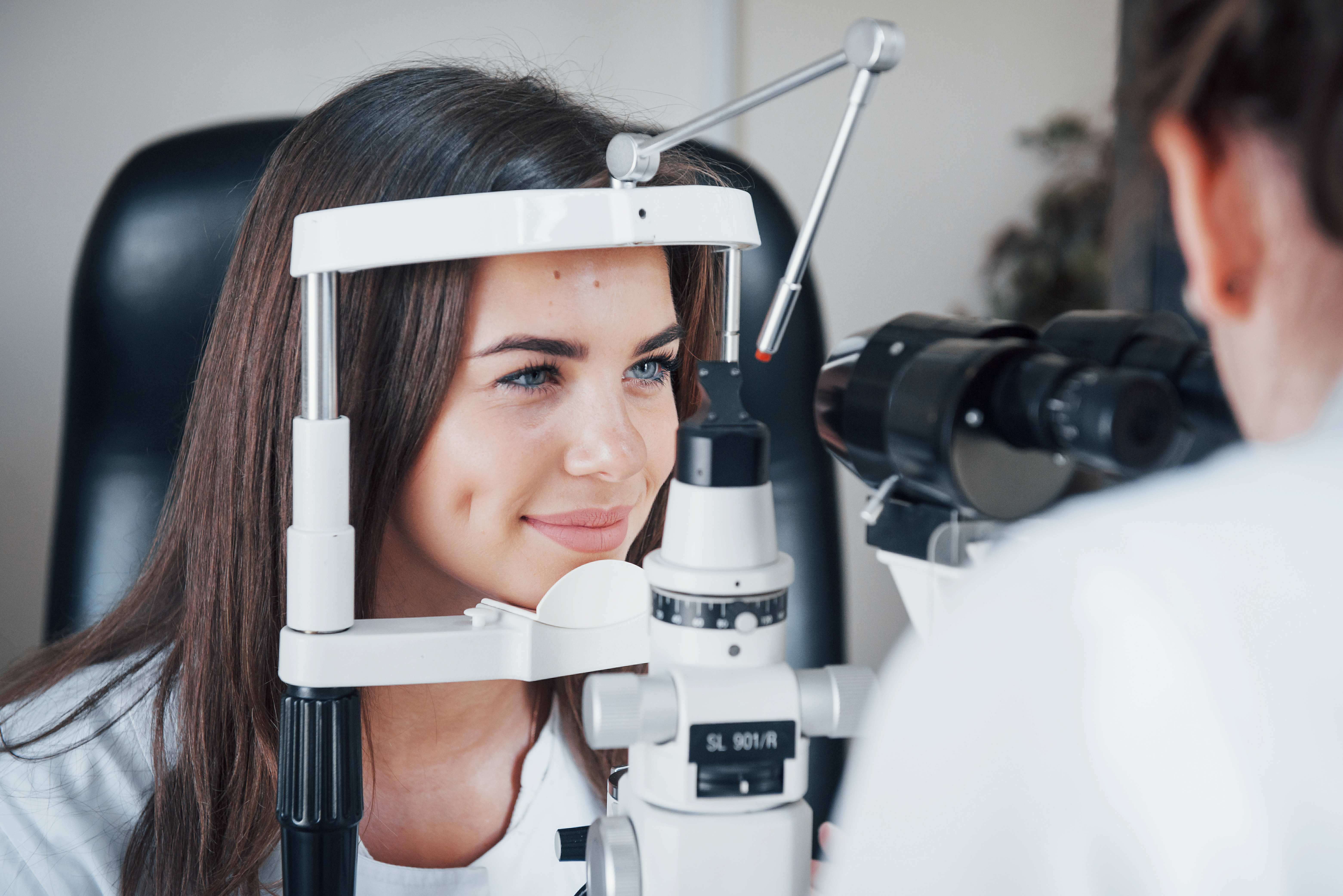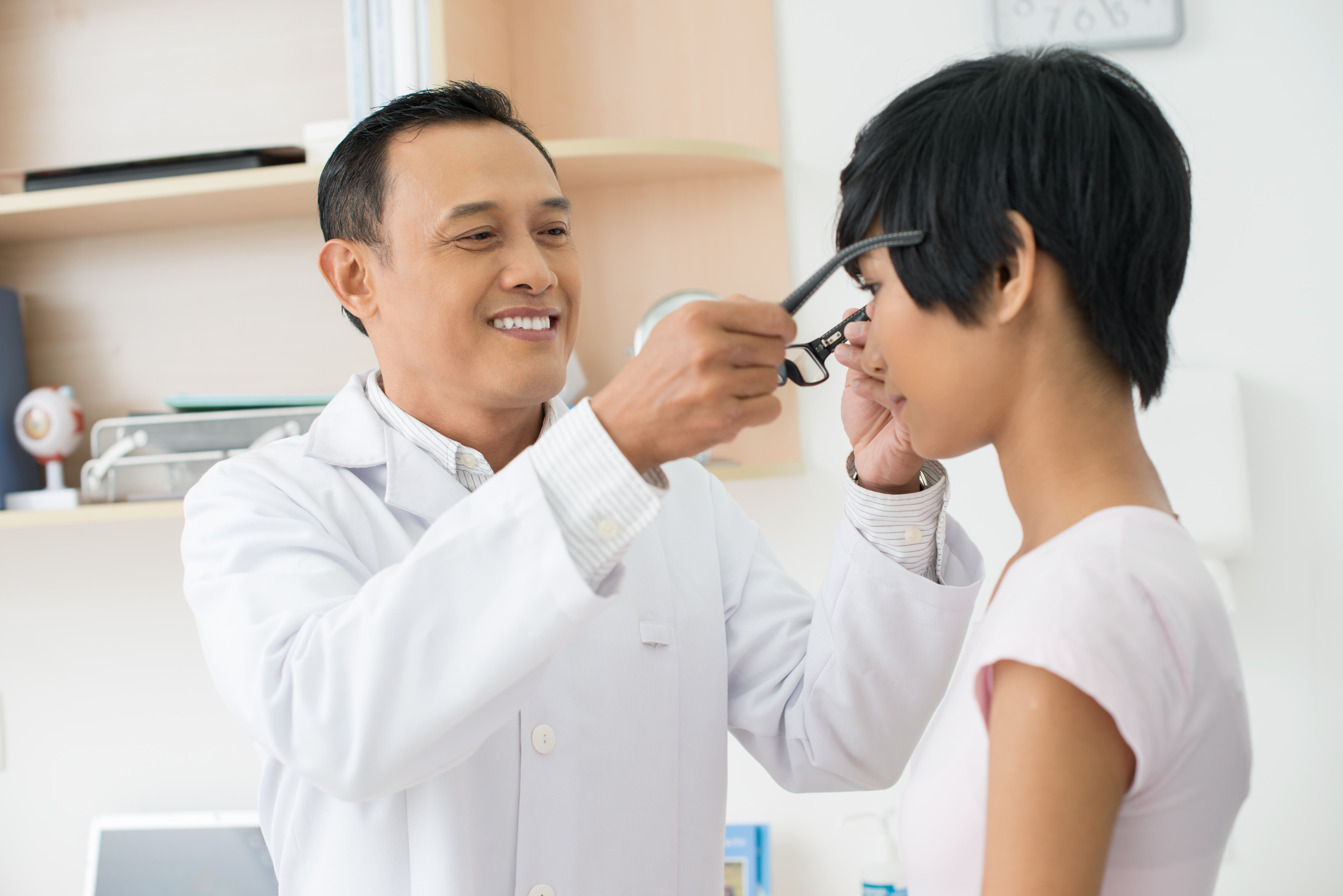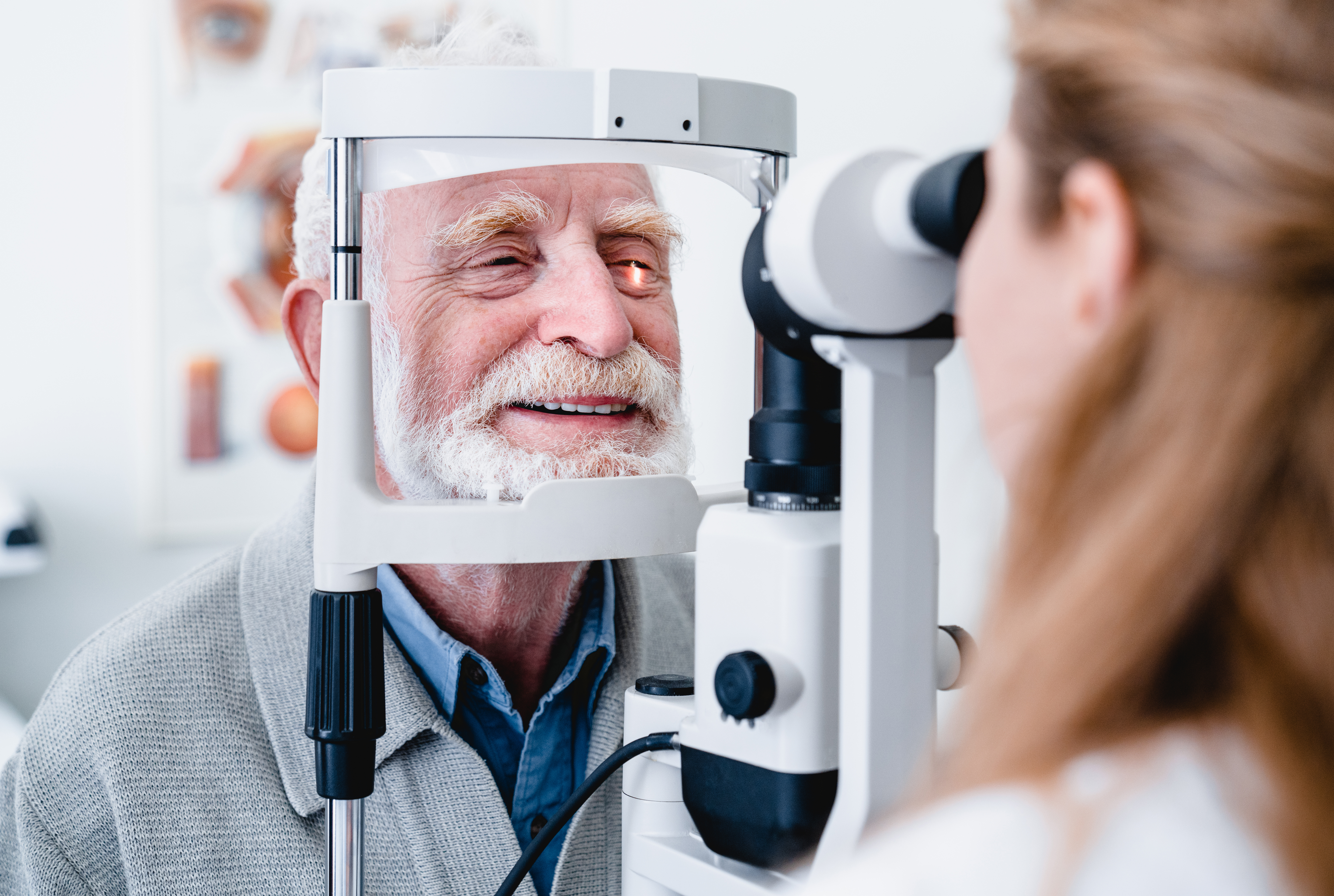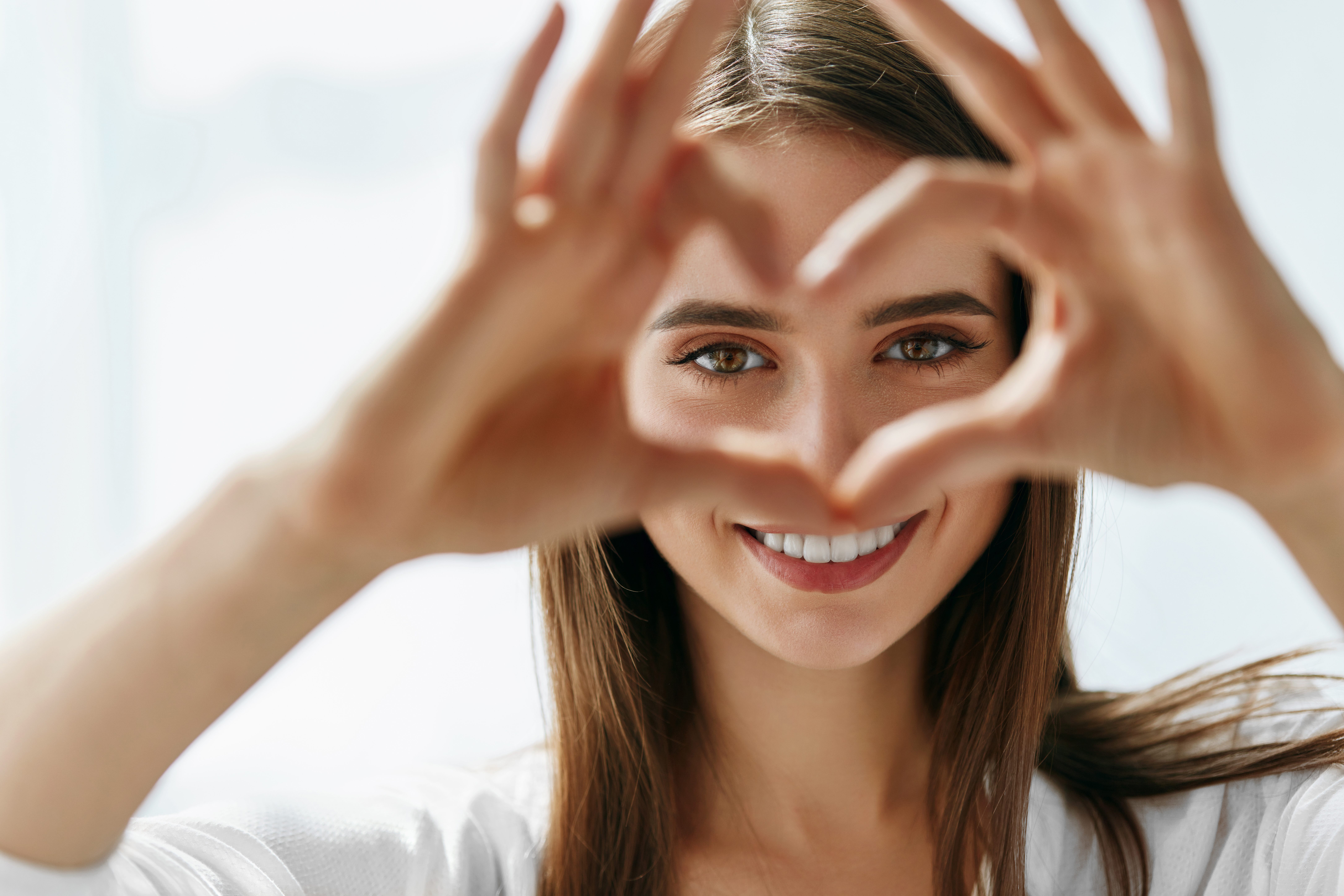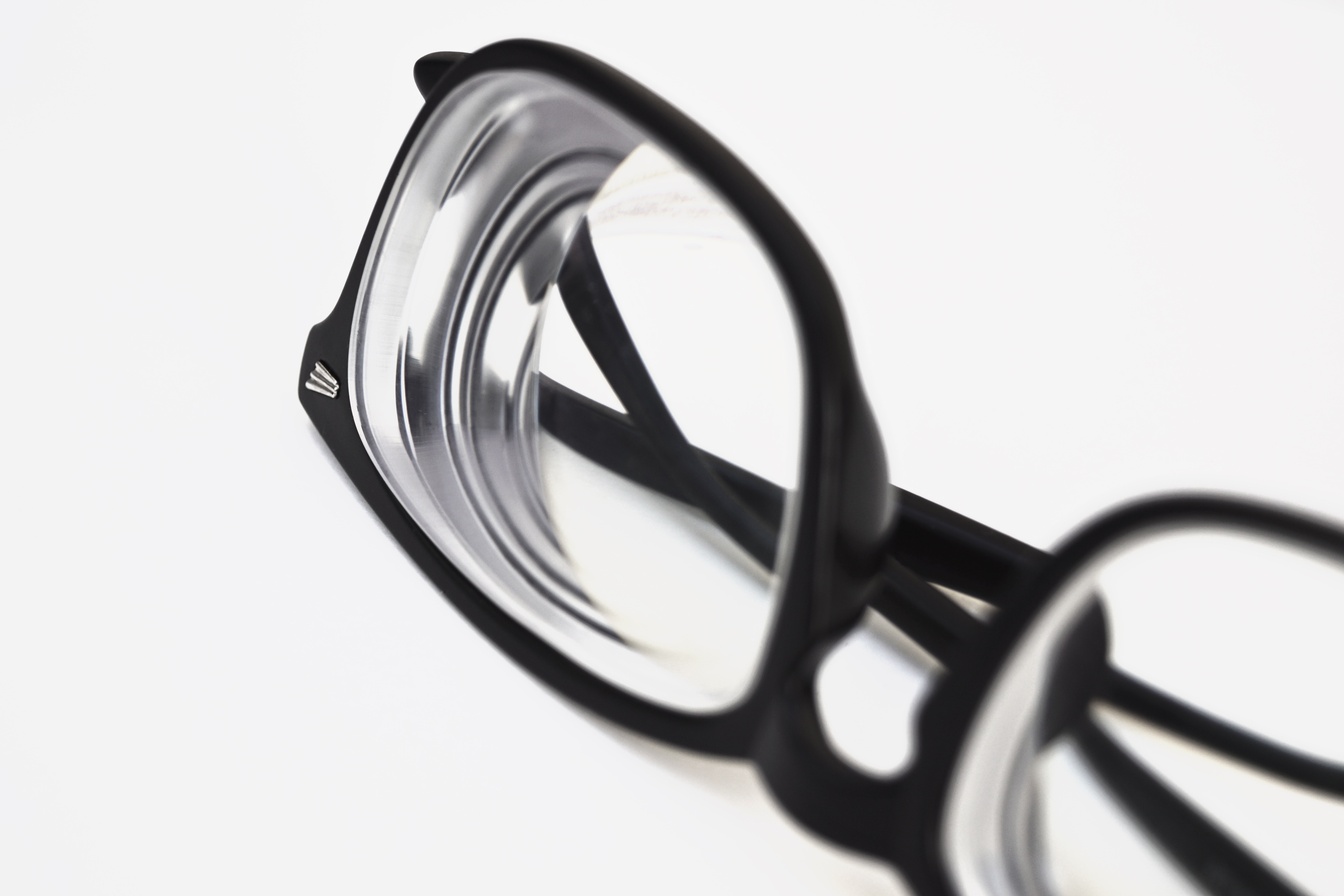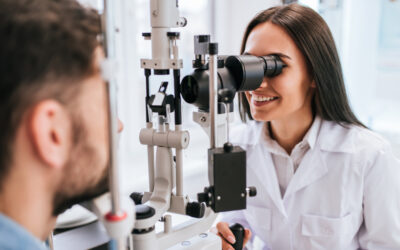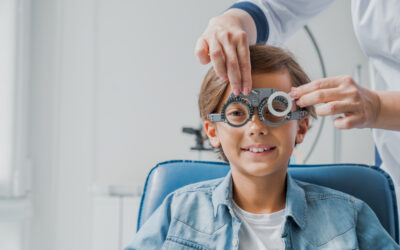Table of Contents
The summer sun – It means warm weather, outdoor adventures and perfect tans. But, with all its glory, the sun also has its risks. One of the many things optometrists in Tulsa OK and other cities check for is UV damage. Exposure to UV rays can cause a number of eye problems, ranging from photokeratitis (sunburn to the eyes) to cataracts.
You can prevent eye health problems by protecting your eyes from UV exposure by wearing a pair of quality sunglasses whenever you’re out in the sun. But what are UV rays, and what is the difference between UVA, UVB and UVC rays? Here’s what you need to know.
What are UV rays?
UV rays are a type of radiation. They occur when an object reaches an incandescent temperature. The sun is the primary source of UV rays.
However, they can also come from electricity going through a gas. It’s how sun lamps, tanning beds and some halogen lights produce UV rays as well.
These rays exist on the electromagnetic spectrum. While visible light is in the 380 to 700 nanometer range, you’ll find UV rays in the 100 to 400 nm range. There is a small overlap, but most UV rays are invisible to the human eye.
Not all UV rays are the same
Just like there are different colors on the visible light spectrum, you’ll find different sections on the UV spectrum. Each type of UV ray has a different wavelength. It’s important to understand the difference between UVA, UVB and UVC rays since they affect the eyes differently. Let’s take a closer look.
UVA rays
UVA rays are close to visible light in the 320 to 400 nm range. These rays represent 95% of sun rays that reach the ground.
The good news is that UVA rays carry less energy compared to other types of UV rays and are typically thought of as the UV type that causes tanning. Limited exposure isn’t an issue, but you can also get a sunburn (on your skin and your eyes) from prolonged exposure to UVA. In addition, repeated exposure to UVA without protection increases the risks of cell damage and skin and eye cancer.
UVB rays
These rays make up 5% of all sun rays that reach us. The ozone in the Earth’s atmosphere blocks a majority of UVB rays. These are the rays that optometrists in Tulsa OK and elsewhere often warn you about.
In spite of the more limited exposure, these rays are behind most skin cancers and eye health problems. You’ll find UVB rays in the 280 to 320 nm range, which means they carry more energy.
Sunglasses and protective clothing rated for UV protection are a must. These items will block UVB rays and greatly reduce your risks of experiencing sunburn and cell damage.
UVC rays
UVC rays have a much shorter wavelength. They carry a lot more energy since they’re in the 100 to 280 nm range. They’re more dangerous than other UV rays, but you won’t find them in nature since ozone completely blocks them.
However, you might encounter UVC rays since they’re used to sterilize equipment and water. If you operate sterilization equipment, you will need to wear protective gear to prevent exposure.
What do optometrists in Tulsa OK recommend for protection?
Even though a majority of UV rays fall in the UVA category and won’t cause serious harm, you can’t overlook the risks linked to exposure to UVB rays.
Optometrists in Tulsa OK and other cities recommend that you wear sunglasses. The right eyewear can block most UVA and UVB rays. Sunglasses also reduce eye fatigue, protect your eyes from painful sunburn and lower your risks of developing more serious conditions as you age, such as cataracts, eye cancer and other conditions related to cell damage. Another benefit of wearing sunglasses is that it can reduce the number of wrinkles you develop over time by limiting exposure to UV and reducing the amount of squinting that you do in bright light environments.
Enrolling in a vision plan will also help you get access to the eye care you need. With Vision Care Direct of Oklahoma, our negotiated savings and pre-paid vision plans will help you keep up with regular check-ups and screenings to better assess your risk of developing serious eye problems linked to UV exposure. Our comprehensive plans focus on saving you money while getting you the eye care you and your family deserve. Contact us today to learn more about how we can help you stay safe in the summer sun.
